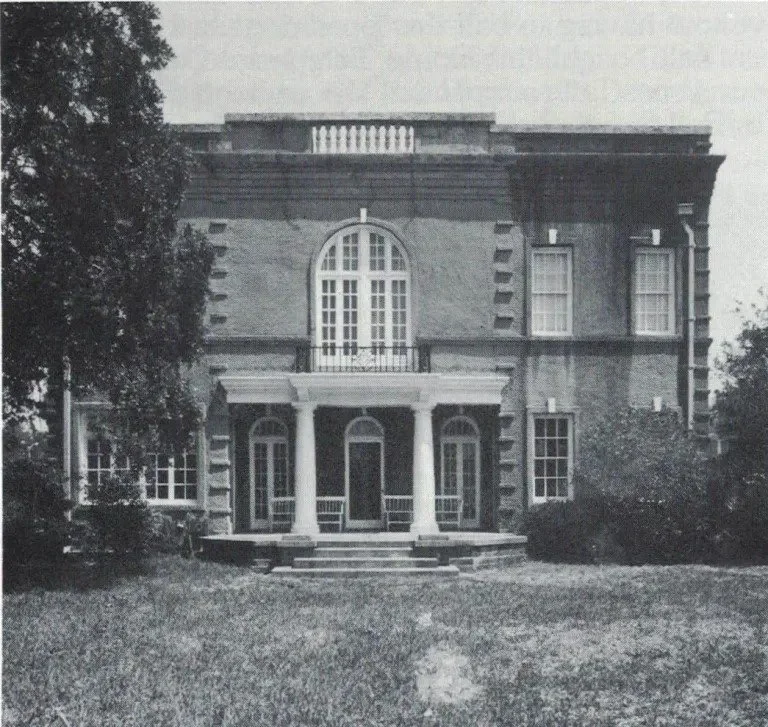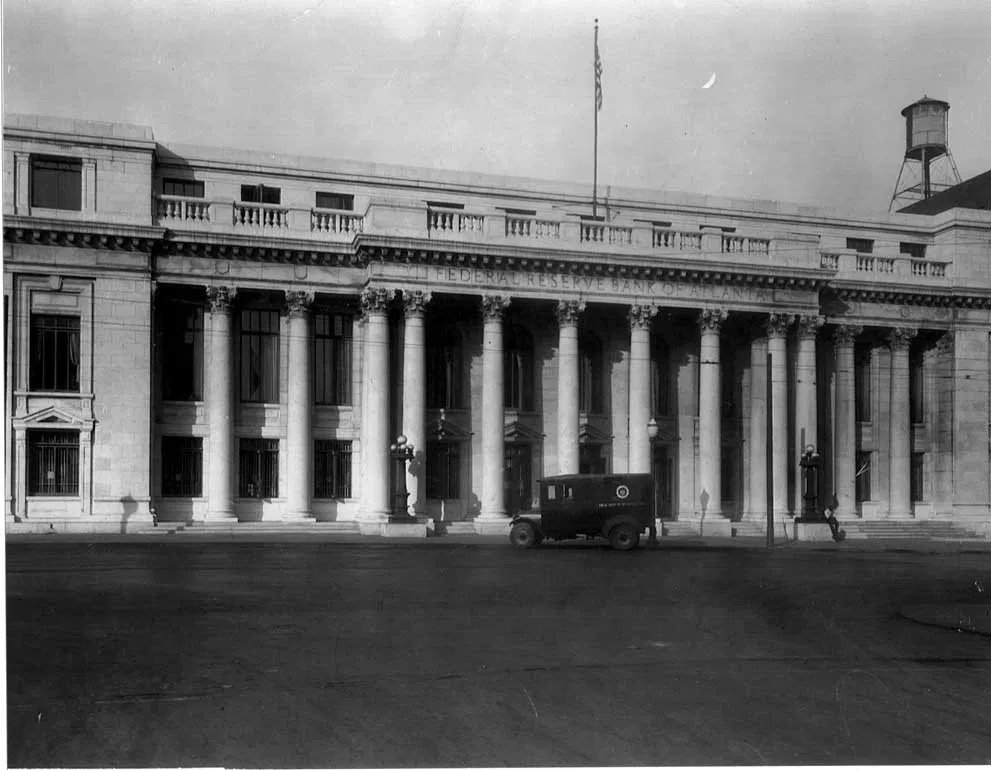Henrietta Cuttino Dozier
Henrietta Cuttino Dozier was born on April 22, 1872 in Fernandina, Florida to Henry Cuttino Dozier and Cornelia Ann Scriven Dozier. Her Father passed away before she was born, and her mother soon moved their family to Georgia where she graduated from the Girls High School in 1891. Dozier went on to pursue her passion for architecture, studied Beaux-Arts classicism at the Pratt Institute in Brooklyn and attended Massachusetts Institute of Technology (MIT) in 1899. She was one of only three women in her class to earn a Bachelor of Science in Architecture.
Making Her Mark
Dozier moved back to Atlanta and began practicing in 1901, working alongside well-known architect W. T. Downing. She became the first woman in Georgia to be licensed as an architect and later established her own practice in Jacksonville, Florida, in 1916. During her time in Atlanta, she left a lasting impact on the city’s architectural landscape, specializing in residential and institutional architecture. Dozier had a strong connection to religious architecture, receiving all Episcopal diocese commissions authorized by Bishop Cleland Kinlock Nelson. She was known for her innovative designs that combined elements of various architectural styles, including Classical Revival and Colonial Revival. Her work showcased a meticulous attention to detail and a commitment to creating functional, aesthetically pleasing spaces.
Some of her notable works included:
Wesley Monumental United Methodist Church in Savannah
Julius Rosenwald School in Athens.
The Episcopal Chapel for All Saints Episcopal Church (1903) – A charming half-timber and stucco building that sadly burned down in 1906.
The Southern Ruralist Building on Hunter Street (now Martin Luther King Jr. Drive) – A project Dozier considered her most outstanding work in the city.
The Atlanta Bible School at 88 Cooper Street – Another important addition to the city’s architectural fabric.
A Leader in the Architecture Community
Dozier didn’t just design buildings—she helped shape the architectural profession itself. In 1905, she became the third woman and the first Southern woman to be admitted into the American Institute of Architects (AIA). A year later, she joined forces with five prominent Atlanta architects to co-found the AIA Atlanta Chapter. Her leadership extended beyond local efforts—she represented Atlanta’s chapter at the Eighth International Congress of Architects in Vienna in 1908 and served as its secretary from 1910 to 1911.
She also played a pivotal role in establishing the Architectural Arts League of Atlanta in 1910, advocating for architectural licensing laws in Georgia, which became mandatory in 1920, and creating a scholarship fund for architecture students at Georgia Tech. When she left Atlanta in 1916, no other women joined the AIA Atlanta Chapter until 1941—a testament to how rare her accomplishments were at the time.
“I do not know whether my life history will be of any interest but, believe me, I have always lived! I love life and I want to live just as long as I can be of any use”
-U.S. Work Projects Administration, Federal Writers' Project: Folklore Project, Life Histories, 1939
Moving to Jacksonville allowed Dozier to take on even bigger projects. She contributed as an associate architect on the Federal Reserve Bank of Atlanta’s Jacksonville Branch and worked for the city’s engineering department during World War I. However, like many architects, her career took a hit during the Great Depression, forcing her to give up her own home. Despite these setbacks, she revived her practice by 1936.
In a 1939 interview for President Franklin D. Roosevelt’s Federal Writers Project, Dozier shared her bold opinions on architecture, politics, and even her favorite pastime—fishing! She remained a strong advocate for classic architectural traditions, dismissing the Modernist movement as a passing trend in favor of timeless design and quality materials.
A Legacy of Strength and Independence
Henrietta Dozier was more than just an architect—she was a trailblazer who carved her own path despite the odds. An Episcopalian and a licensed genealogist, she took great pride in tracing her family lineage. Never marrying, she was affectionately known as “Harry,” “Uncle Harry,” or “Cousin Harry” in honor of her father. She passed away on April 17, 1947, leaving behind a legacy of determination, excellence, and influence that continues to inspire women in architecture today







